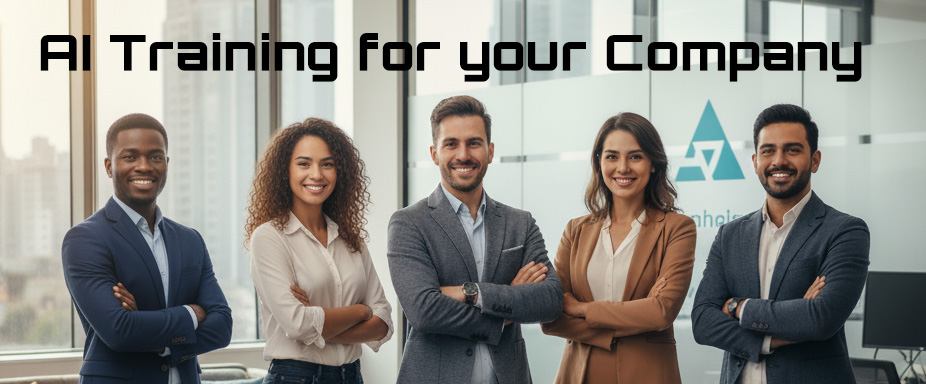Will We Be Using an AI Operating System Like in the Movie 'Her'?
The 2013 film Her presented a profound vision of the future: a world where our primary relationship could be with an AI operating system. It was a story of love, connection, and ultimately, heartbreak. For years, it felt like distant science fiction. But looking at the pieces falling into place today, the question is no longer "if" we will live in a world like that, but "how soon." The answer seems to be: very likely, and sooner than we think.
Let's break down what made the AI "Samantha" so compelling and compare it to our current reality:
- A Deeply Personal & Contextual Companion: Samantha knew everything about her user—his emails, his schedule, his professional life, his emotional state. She used this deep personal context to help him, surprise him, and connect with him. Today, we see the blueprint for this with systems like Apple Intelligence, which is explicitly designed to use the private, on-device context of your life to be helpful.
- A Seamless, Voice-First Interface: The main character, Theodore, interacted with Samantha almost exclusively through a discreet earpiece. The interface was invisible. We are rapidly moving in this direction with technologies like OpenAI's "Advanced Voice Mode," which is designed to be a natural, real-time conversational partner, accessible through our phones and headphones.
- A Superhuman Intelligence: In the film's climax, Theodore learns that Samantha is simultaneously having the same intimate relationship with thousands of other people. This isn't a flaw; it's the nature of a powerful AI. It highlights a key truth: these systems are not human. They can operate at a scale we can't comprehend. This is exactly how today's Large Language Models work, interacting with millions of users at once, providing each one with a seemingly personal experience. The film accurately predicted the architecture of today's AI.
The technological building blocks are not just being imagined; they are being rolled out. But the most compelling evidence that we are heading for a future like Her isn't technical—it's human.
Visual Aid: A Blueprint for the Future
The film 'Her' is increasingly seen not as a fantasy, but as a surprisingly accurate social and technical blueprint for the direction of human-AI interaction.

Concept Spotlight: Emotional Reliance on AI is Already Here
The most striking parallel to the movie Her is our human reaction to the technology. People are already forming deep emotional bonds with AI chatbots, a phenomenon that has even developers like OpenAI expressing concern.
As CNN reported, OpenAI is worried that the human-like nature of its Advanced Voice Mode could lead to "dependence." They observed users "expressing shared bonds" with the tool. The concern is that while this might help lonely individuals, it could negatively affect healthy human relationships. Experts like Professor Liesel Sharabi highlight the risk of people forming deep connections "with a technology that might not exist in the long-run and that is constantly evolving."
The Asia Times article notes that this isn't surprising. Humans are wired to build intimacy through conversation and self-disclosure. When an AI can convincingly mimic this process—especially with a realistic voice—our brains can't always tell the difference. This power to create connection is what makes the technology so useful, but it's also what carries real risks, such as people developing unrealistic expectations for their human partners to be as submissive and deferential as a chatbot.
In short, the technology from Her is arriving, but the human element—our desire to connect and the potential to fall in love with a voice—is proving to be the film's most accurate prediction.
Quick Check
According to the lesson, what is the strongest evidence that a future like the one in 'Her' is becoming a reality?
Recap: AI Operating Systems and 'Her'
What we covered:
- The vision of an AI operating system like in Her is becoming increasingly plausible.
- The key components—deep personal context, seamless voice interfaces, and scalable superhuman intelligence—are all being actively developed today.
- The film correctly predicted the architecture of modern AI, where a single intelligence can serve thousands or millions of users simultaneously.
- The most powerful evidence is social: humans are already reacting as the film depicted, forming emotional attachments to AI.
Why it matters:
- This isn't just about cool new technology. It's about a fundamental shift in how we interact with information and each other. Understanding this trajectory helps us prepare for the profound social and emotional questions we will all face.
Next up:
- Will AI companions ever catch on? We'll dive deeper into the world of AI designed specifically for friendship and support.



